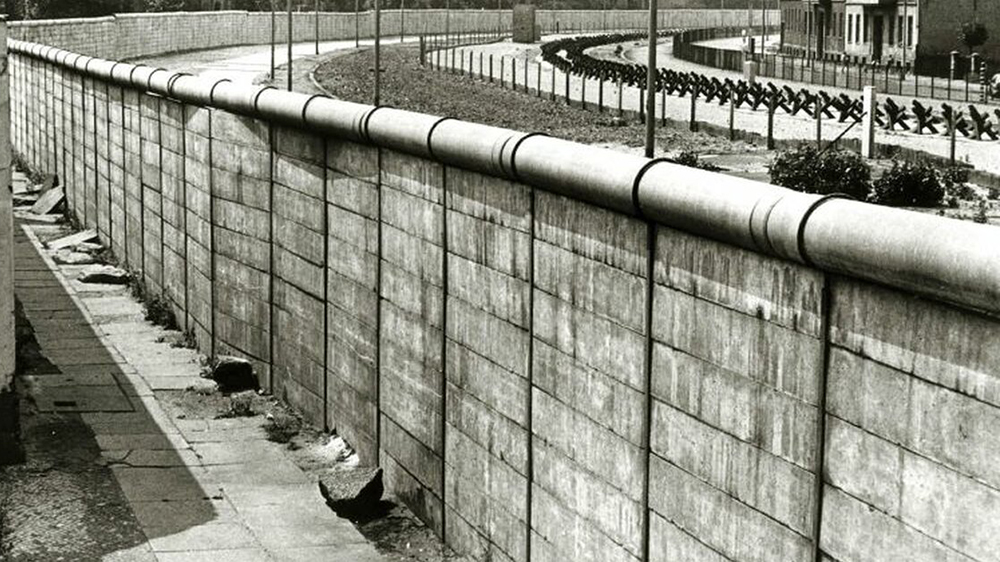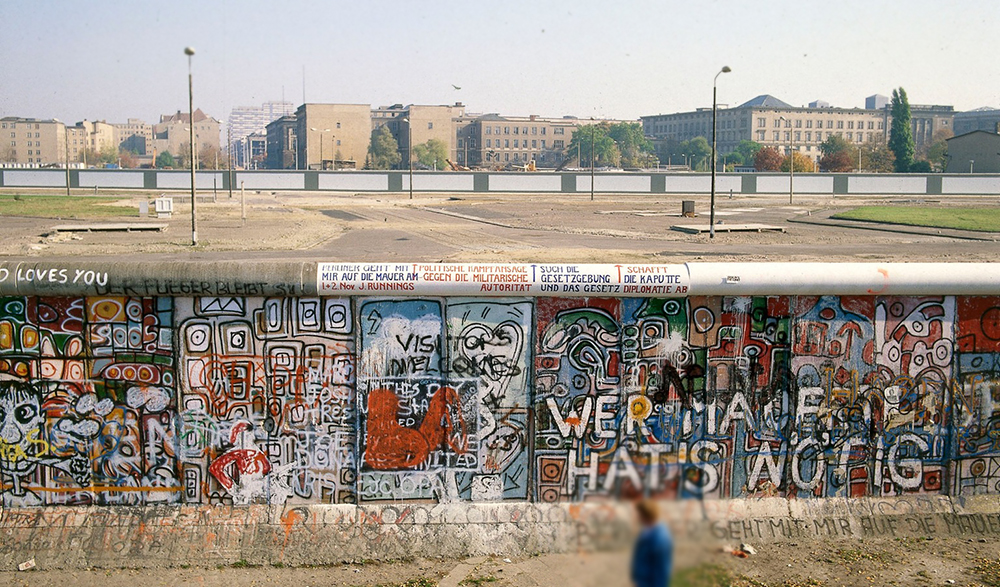Berliner Mauer Berlin
Audio Guide Berliner Mauer
The Berlin Wall, constructed by the GDR government in 1961, is not only a historical monument but also a symbol of division and unity.
The idea to build the wall was based on decisions made during the Yalta and Potsdam conferences. It became a reality, dividing Berlin into two non-overlapping parts - East Berlin and West Berlin. This monumental barrier served as the physical manifestation of the so-called "Iron Curtain" that separated democracy from communism.
The Berlin Wall was a massive and grim structure, stretching for 160 kilometers and consisting of two concrete walls with a deadly "death strip" in between. The death strip was filled with watchtowers, fences, floodlights, and patrol dogs, creating a menacing appearance.
The Berlin Wall stood as a symbol of division for 10,316 days. This period left a profound mark on the history of Germany and the world.
Under the shadow of the Berlin Wall, thousands of people risked their lives to attempt to cross the border to the West. Approximately 5,000 individuals successfully crossed the wall, but around 140 people perished in their attempts to escape from East Berlin.
On the western side of the Berlin Wall, there was a flourishing display of paintings and graffiti reflecting freedom and expressing protest against division. These artistic expressions became symbols of resistance and the spirit of freedom. While the western side was colorful and lively, the eastern side of the wall lacked such expressive statements.
The Berlin Wall is unquestionably one of the most memorable chapters in history and an embodiment of how division can be overcome through the strength of the human spirit and the desire for freedom.
Other sights
-
Alexanderplatz
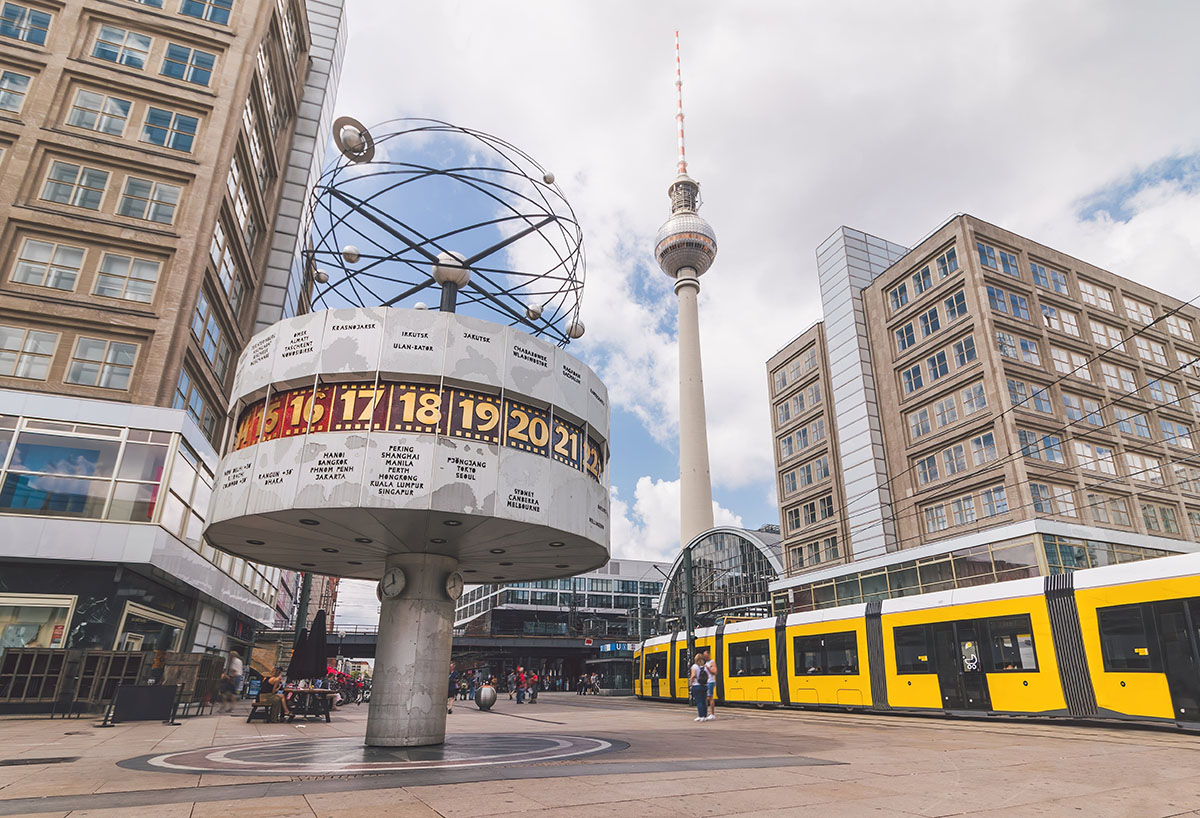
-
Brandenburger Tor
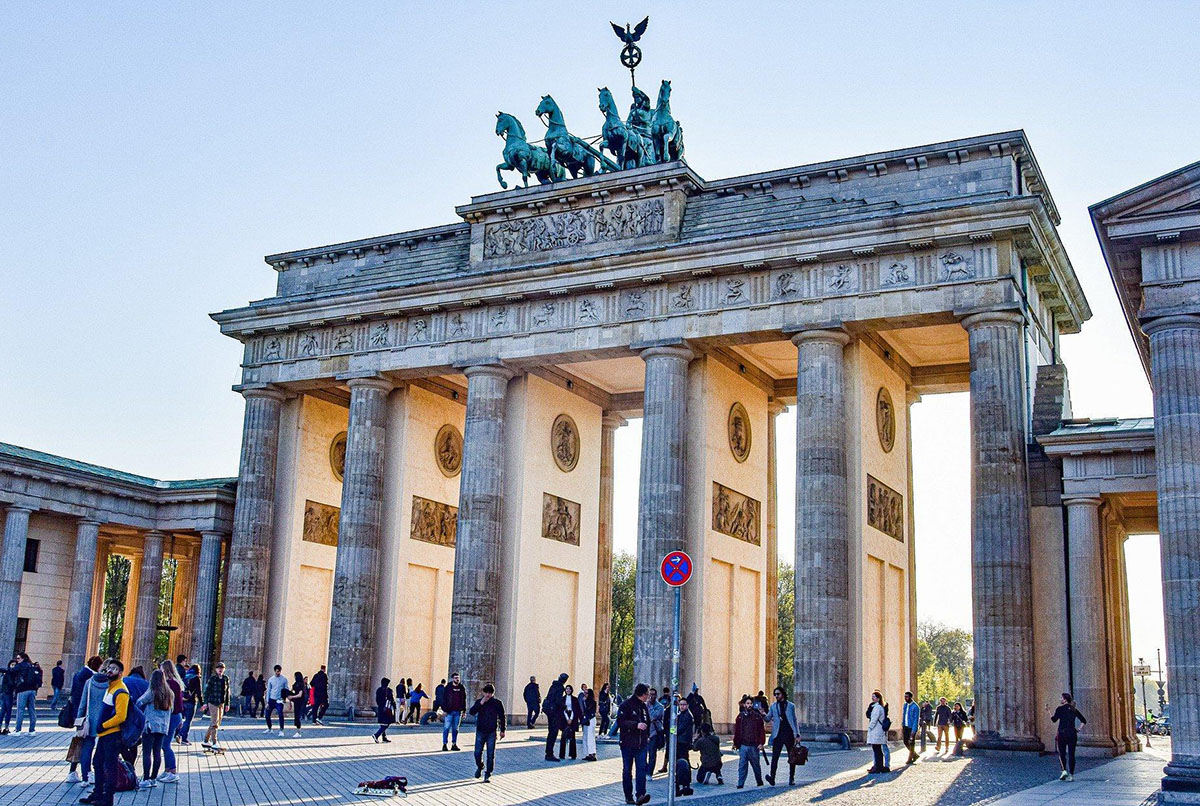
-
Checkpoint Charlie

-
DomAquarée
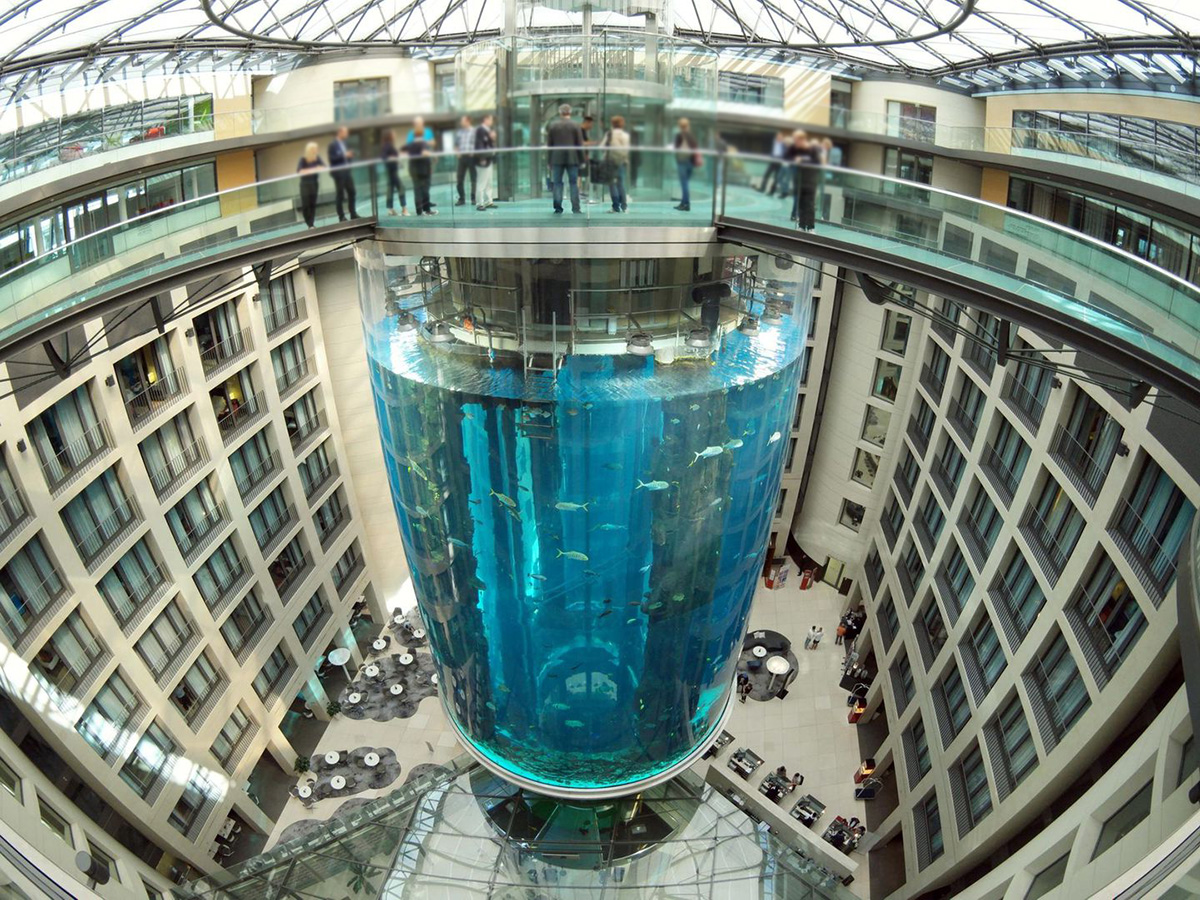
-
East Side Gallery

-
Elefantentor / Zoo
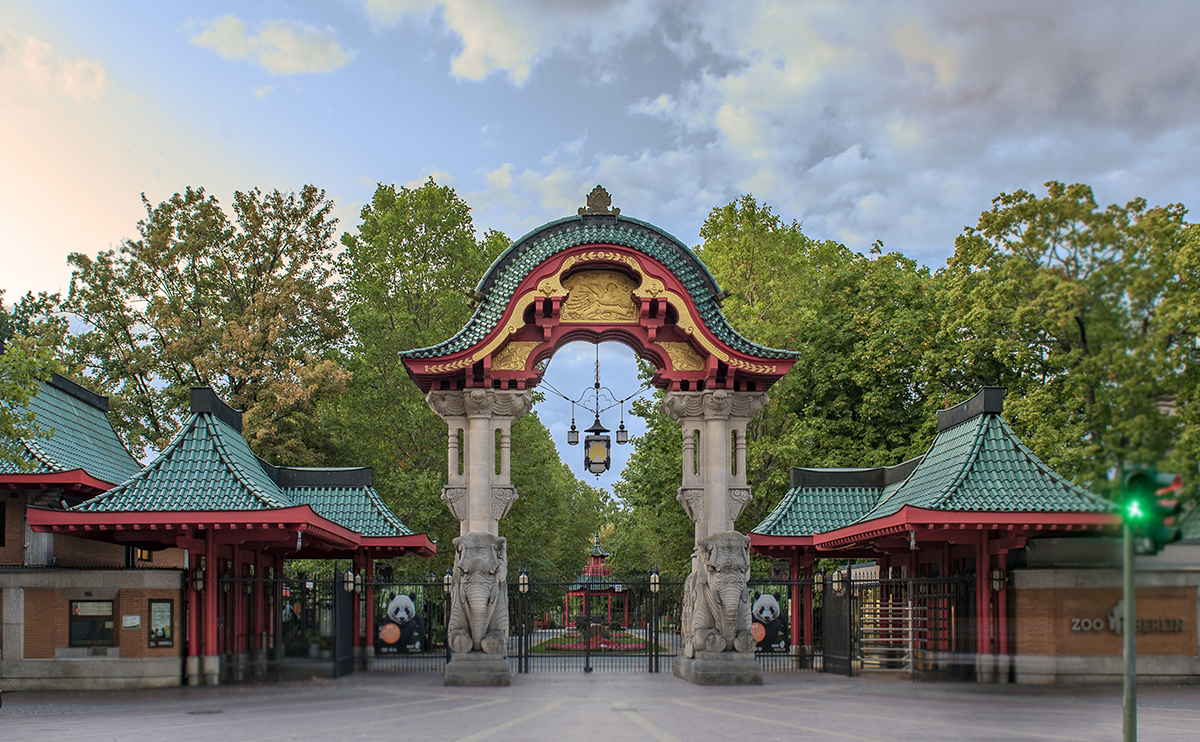
-
Friedrichstrasse
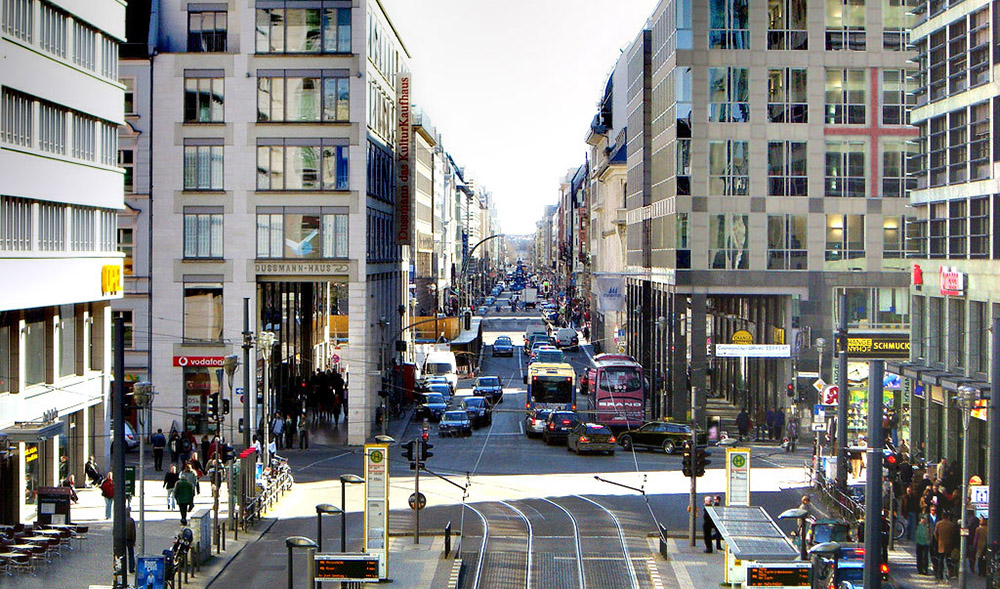
-
Gedächtniskirche / Rankestraße

-
Gendarmenmarkt

-
Gropius Bau
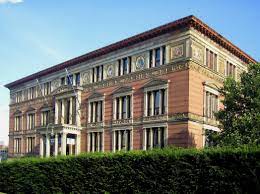
-
Hard Rock Café / Meinekestraße

-
Hauptbahnhof
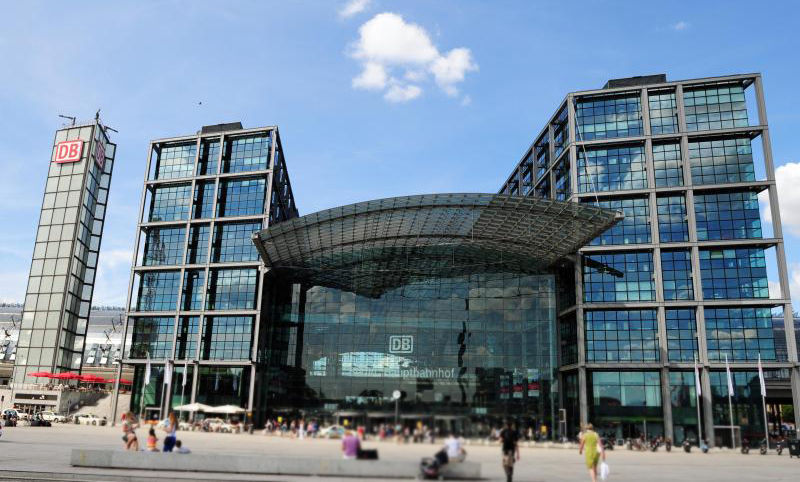
-
Haus der Kulturen der Welt
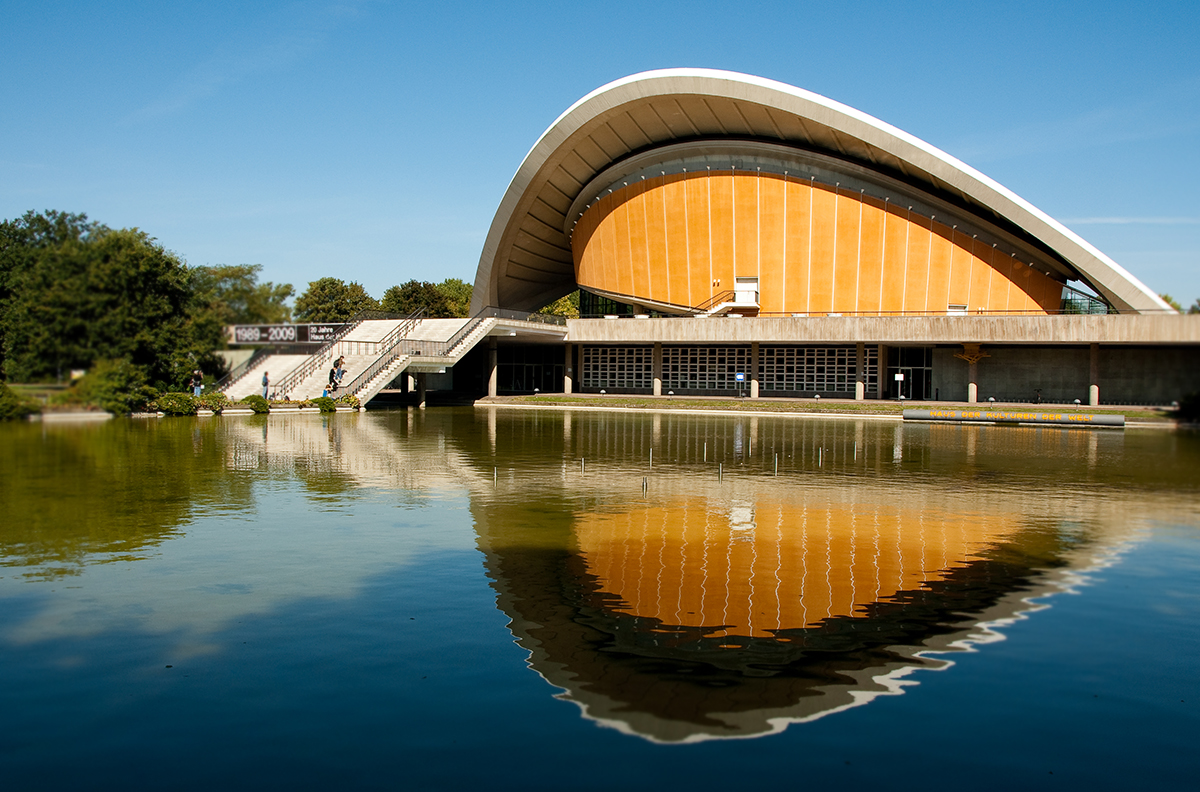
-
KaDeWe
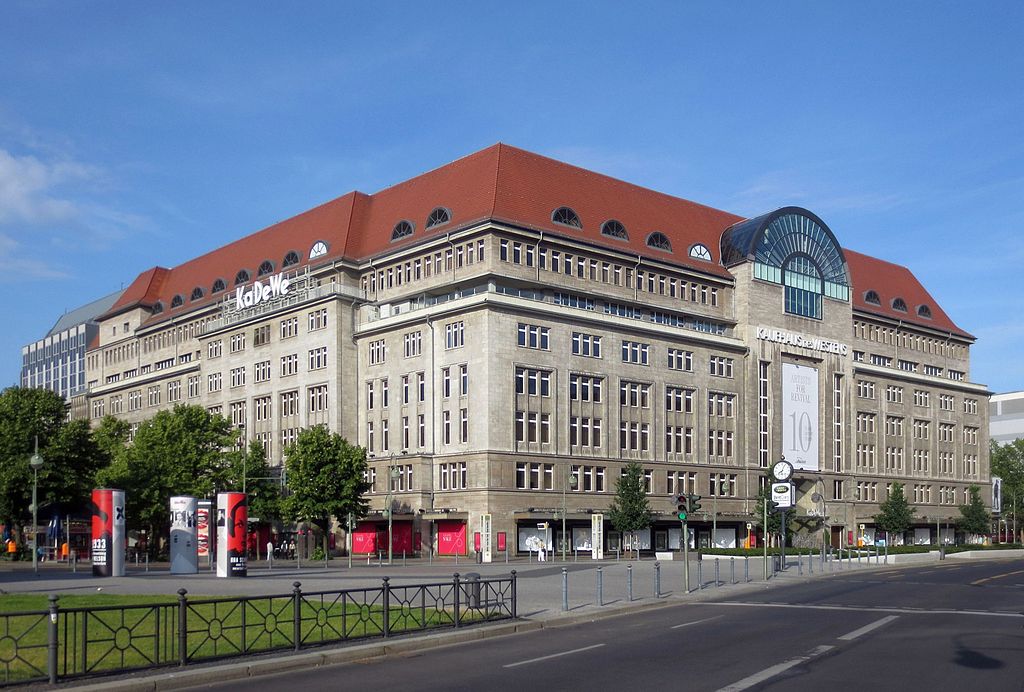
-
Karl-Marx-Allee
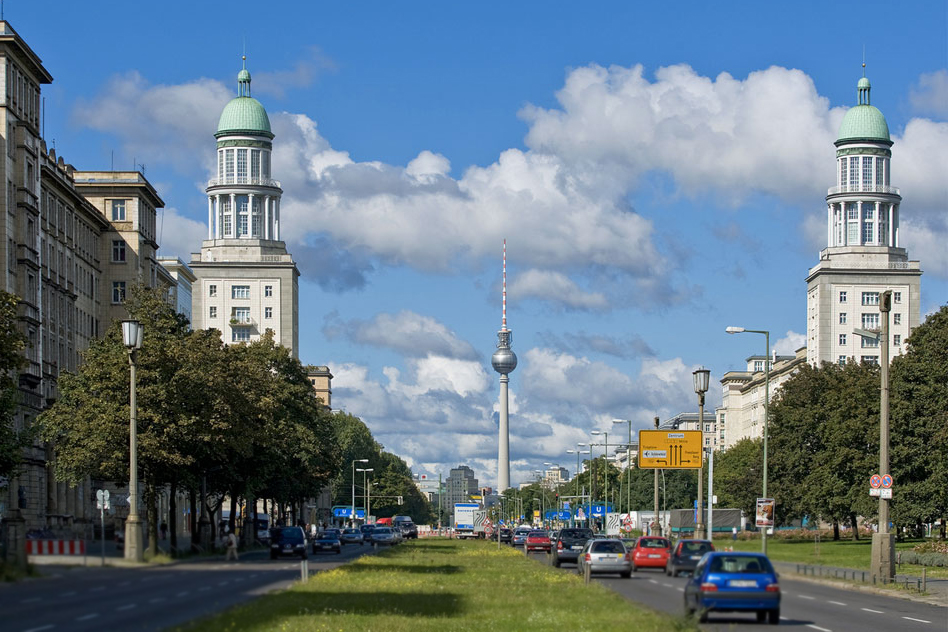
-
Kranzler
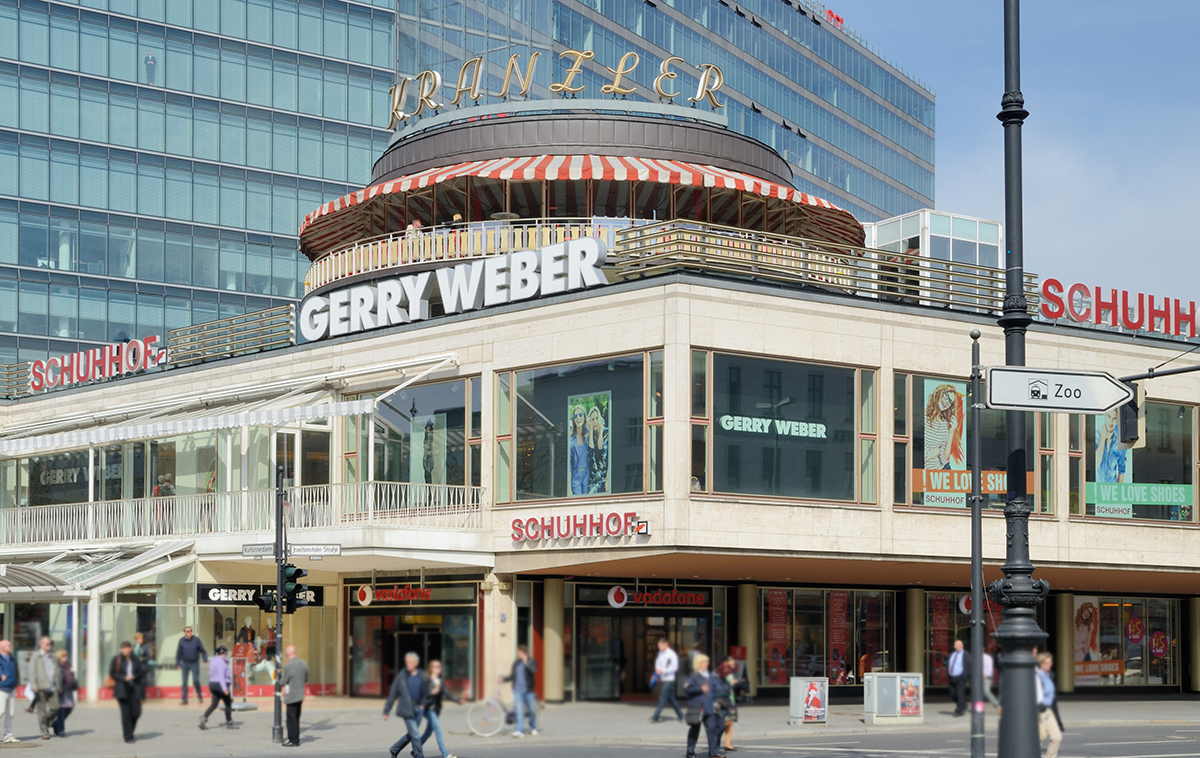
-
Ku Damm (Kurfürstendamm)
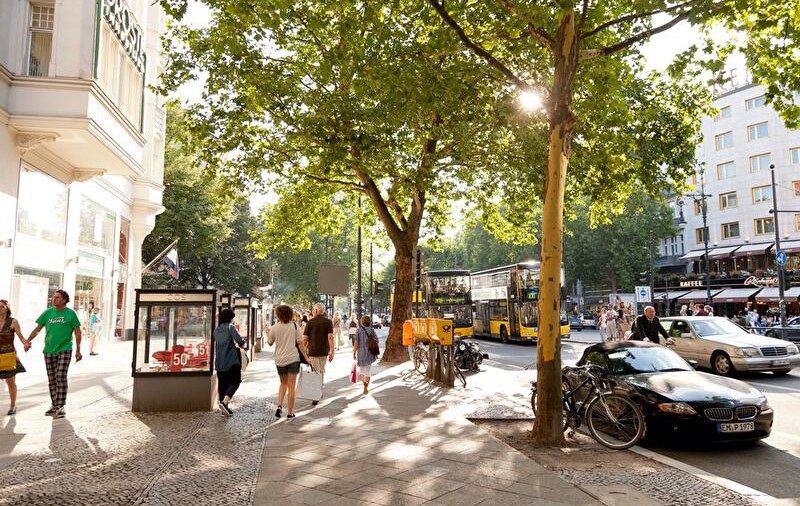
-
Kulturforum Tiergarten
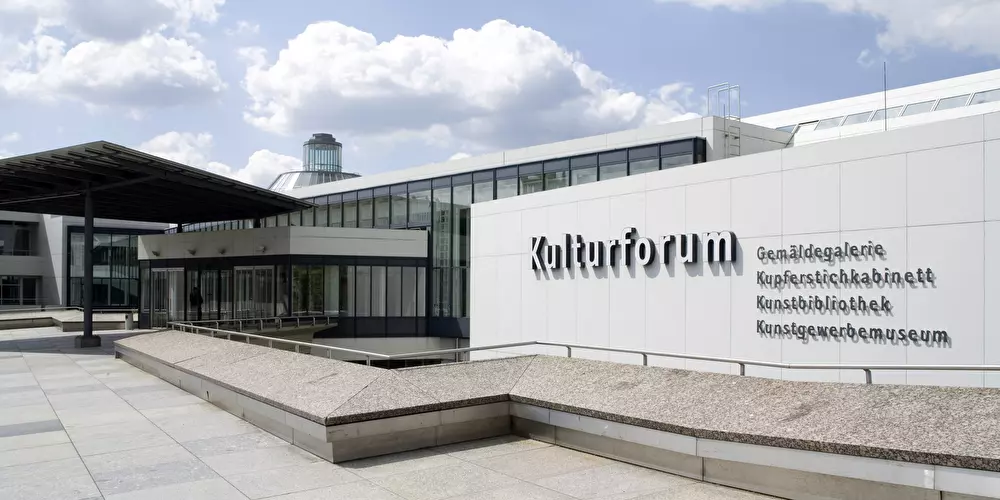
-
Kurfürstendamm 236 (Marmorhaus)
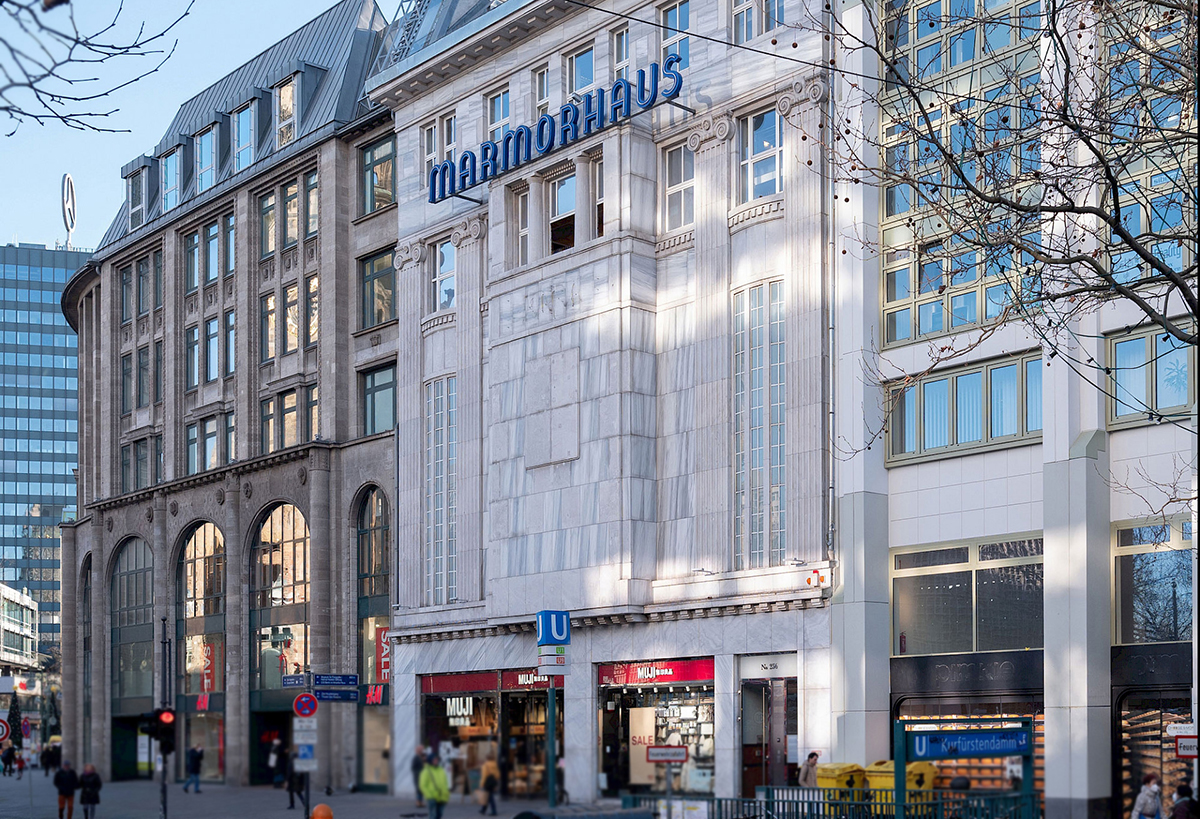
-
Lustgarten
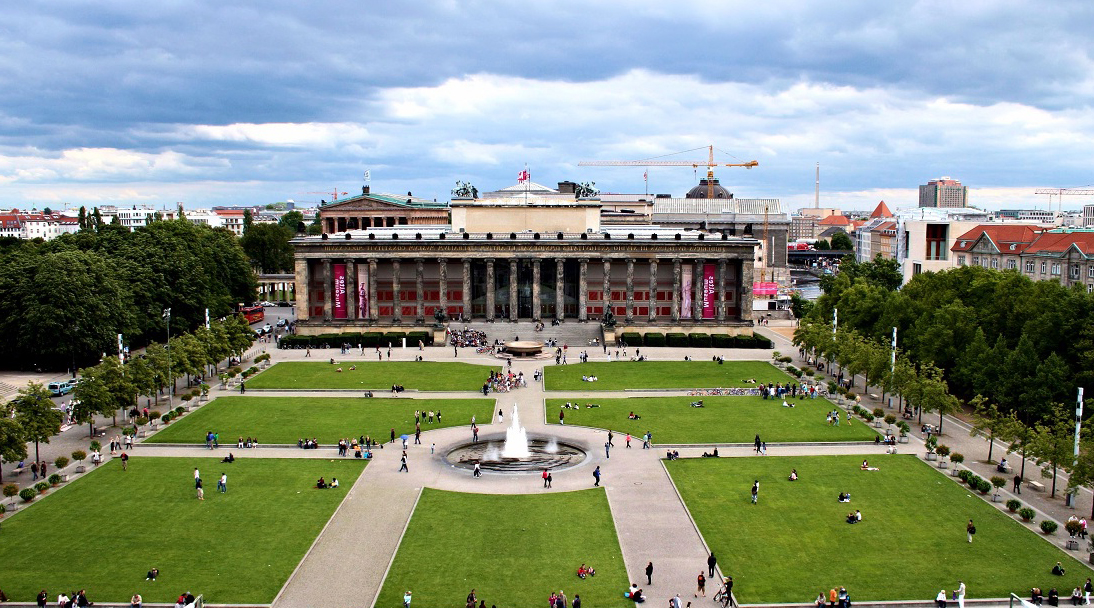
-
Lützowplatz
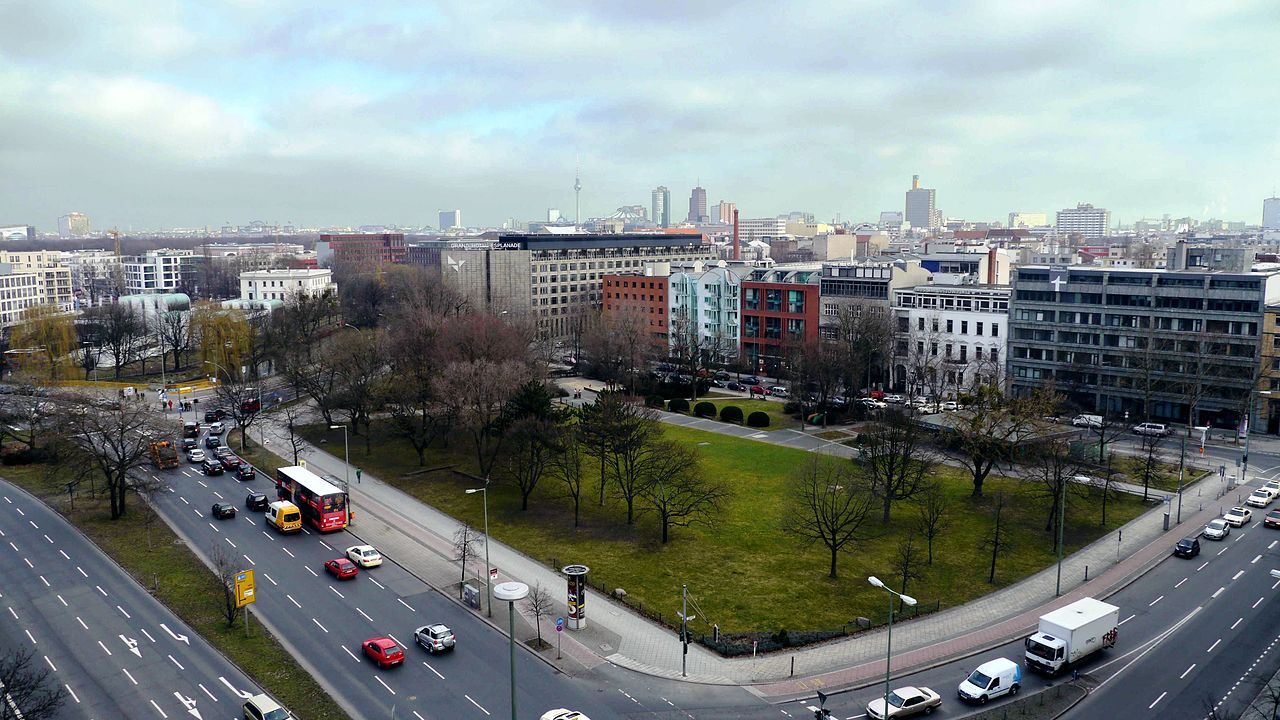
-
Museum Island / Museumsinsel
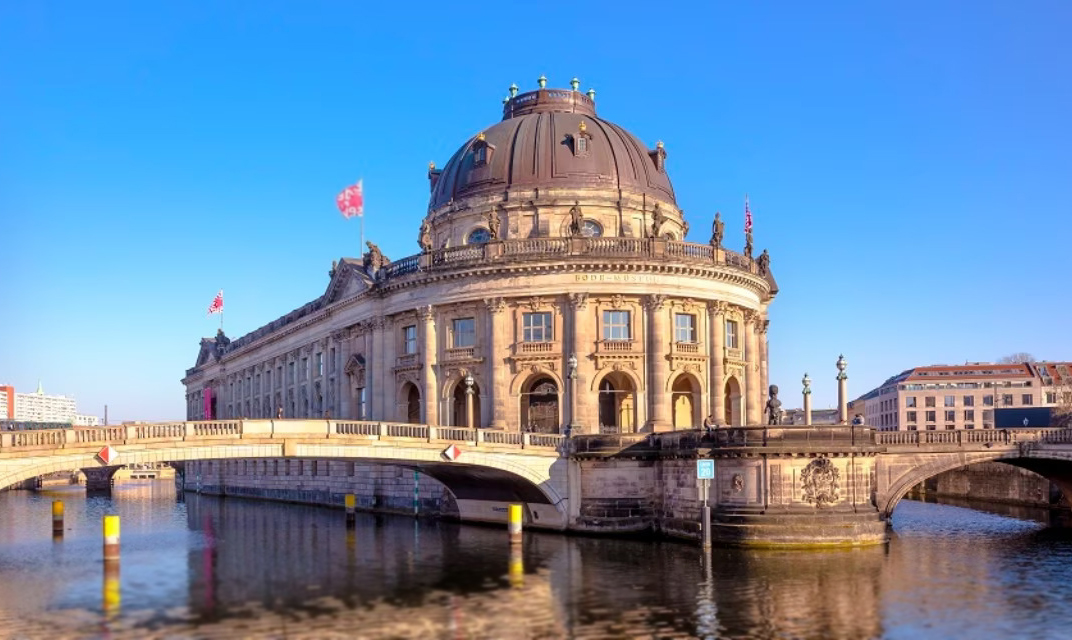
-
Neptunbrunnen / Rotes Rathaus
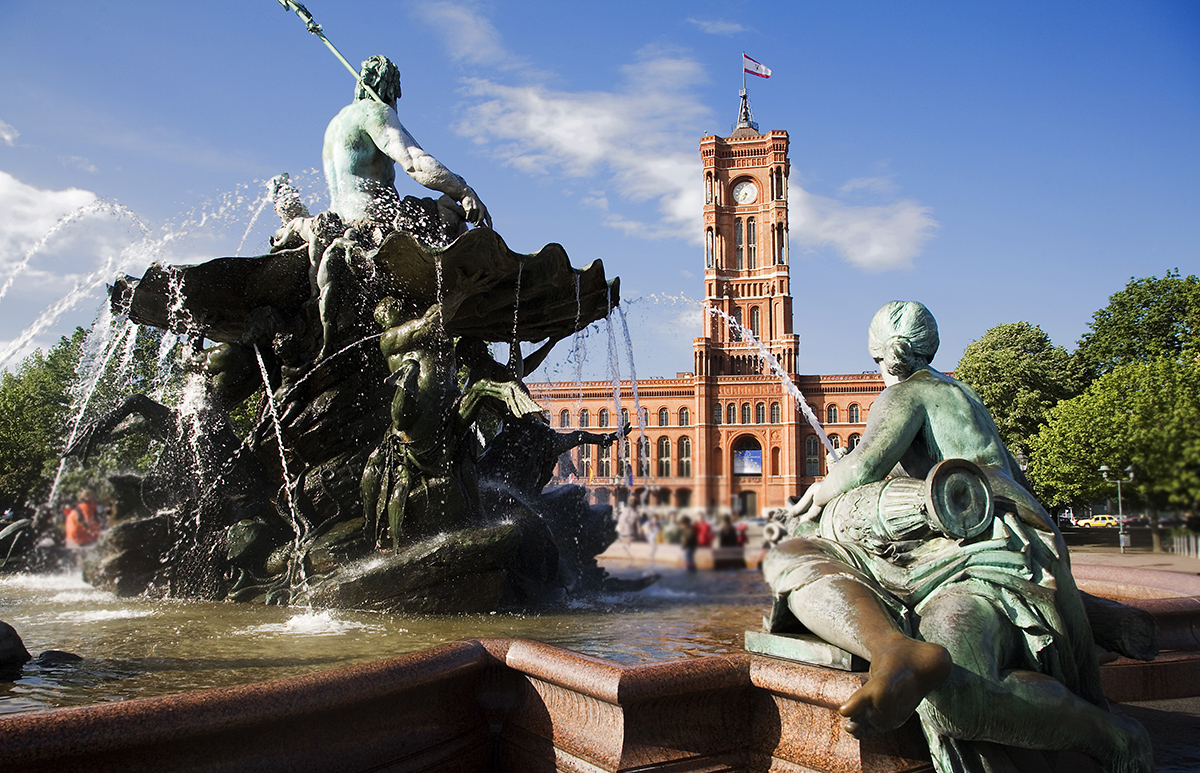
-
Ostbahnhof
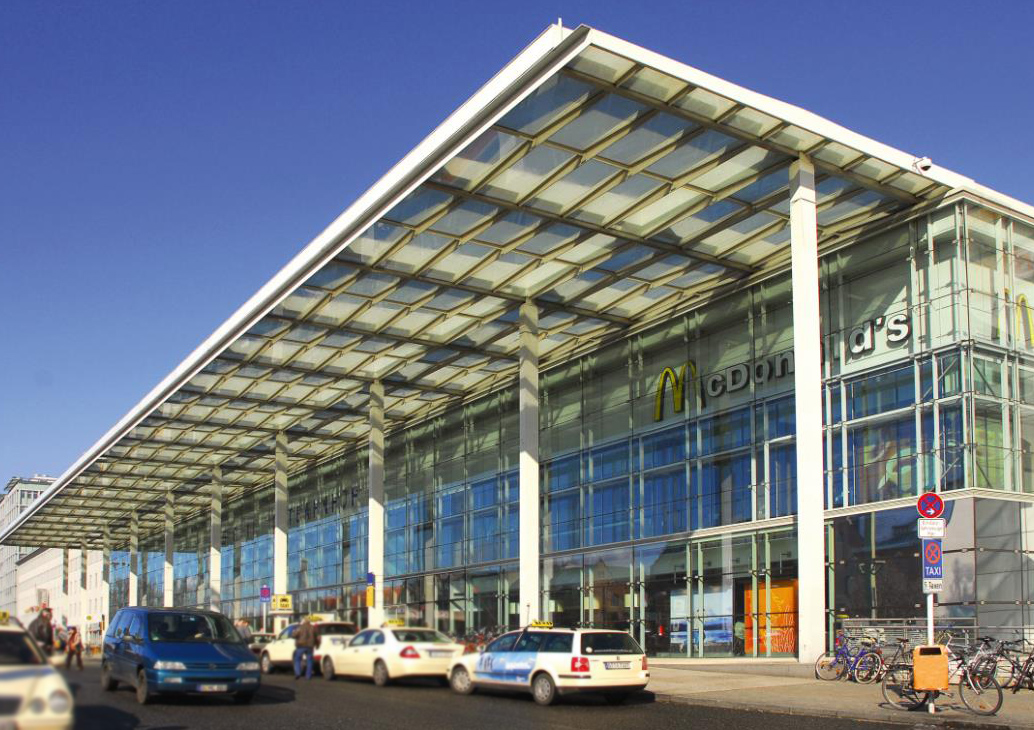
-
Potsdamer Platz / Hist. Ampel

-
Reichstag
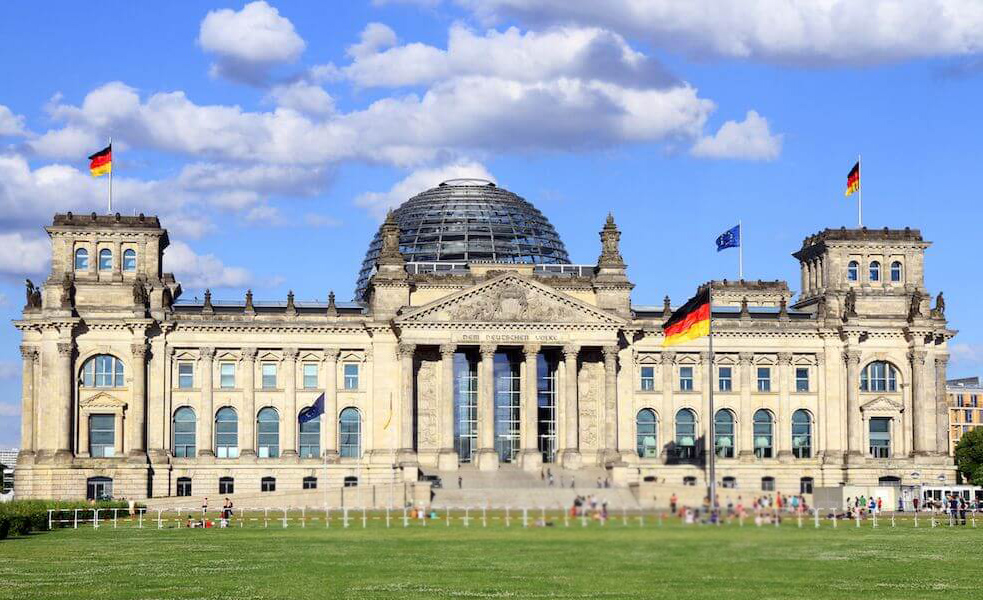
-
Rotes Rathaus

-
Schloss Bellevue

-
Siegessäule
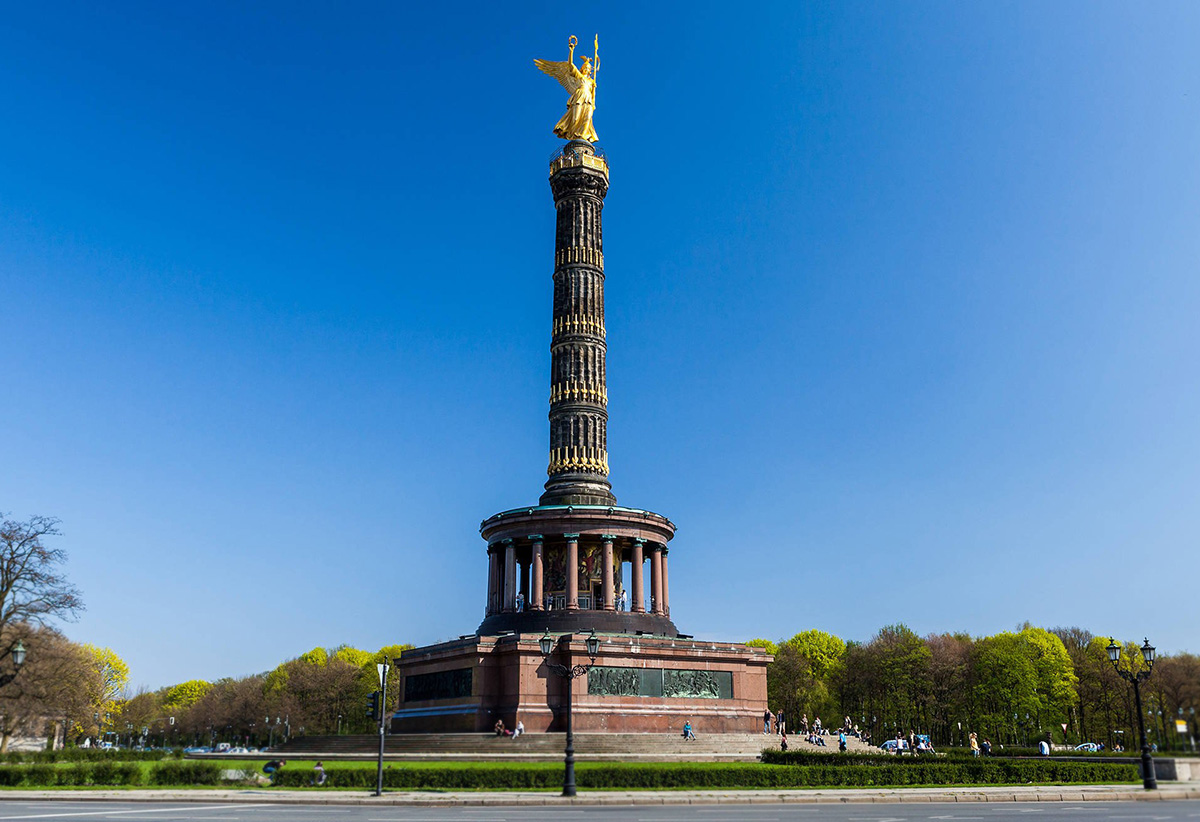
-
Tauentzienstrasse
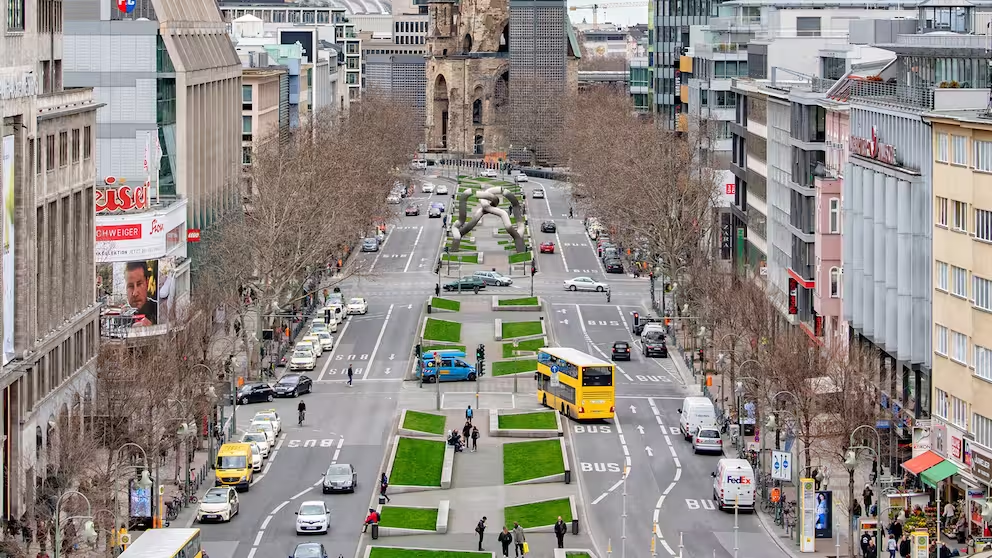
-
Unter den Linden / Friedrichstraße

